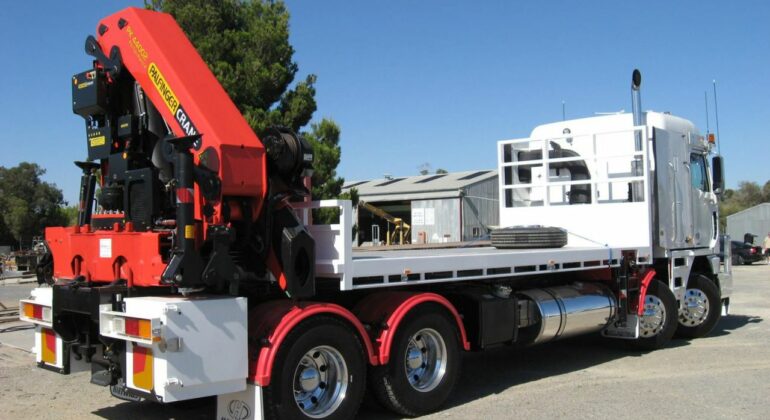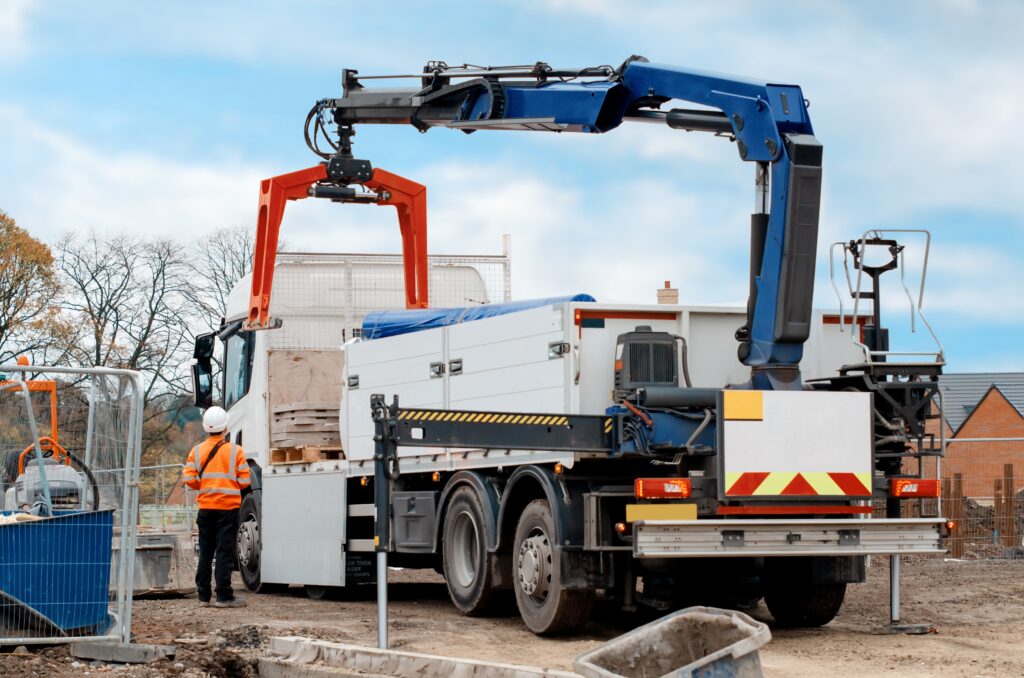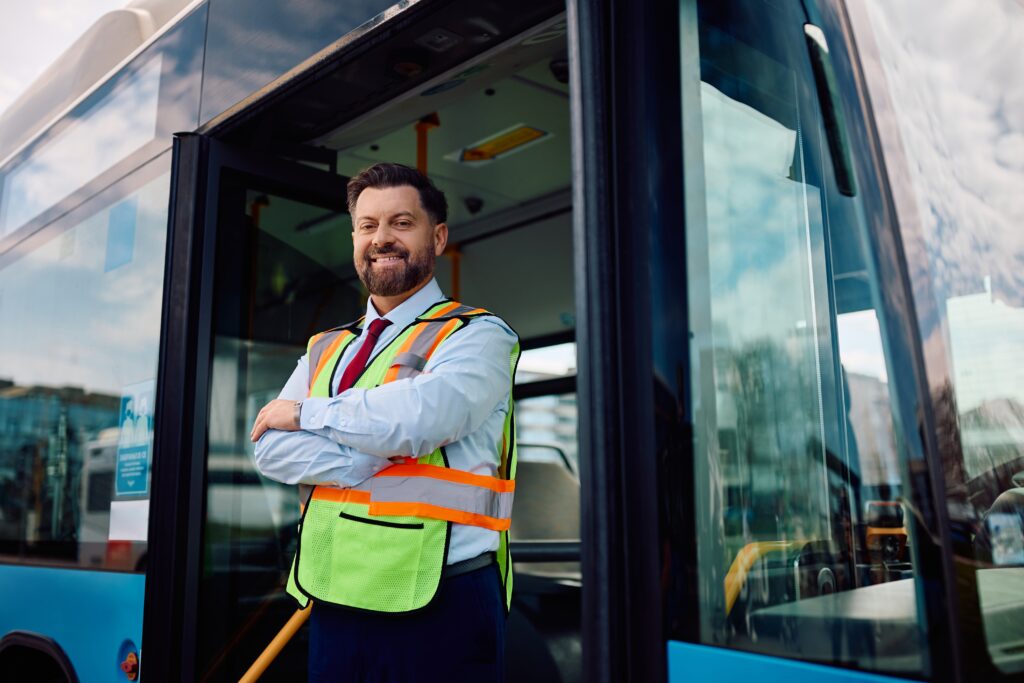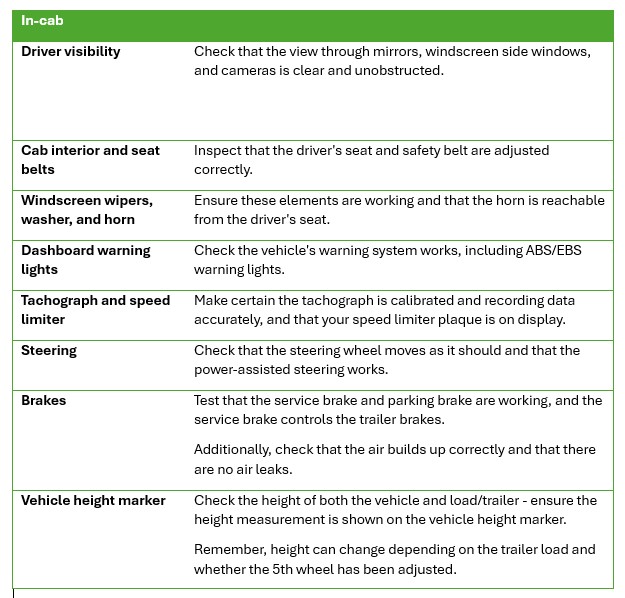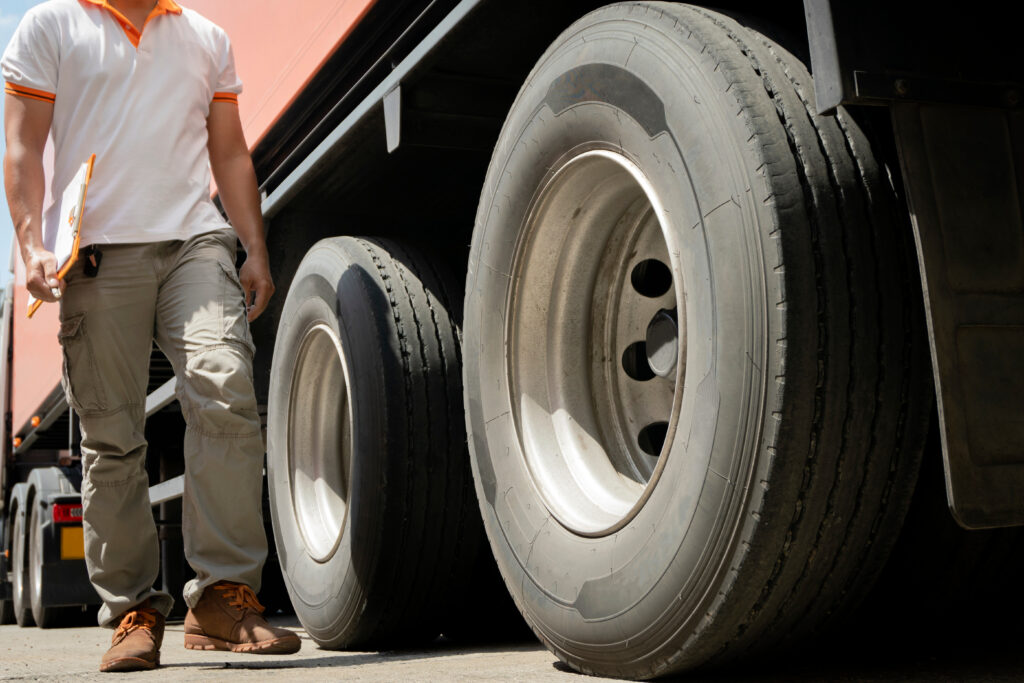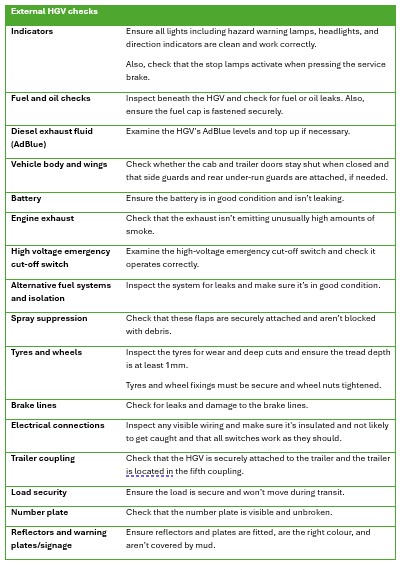If you spend your time among horses, it’s not totally unheard of that you will need to transport them.
Whether it’s to or from summer grazing or a stable, or even to the equine vet, horses can need to be transported frequently throughout their lives.
But are you allowed?
What size horsebox can I drive on a car licence?
All car drivers on UK roads can pull a horsebox as long as the Maximum Authorised Mass (MAM) is 3.5 tonnes or less.
However, if you passed your practical driving test before 1st January 1997, you can legally:
- Pull a horsebox (or trailer) up to 8.25 tonnes
- Drive a horsebox under 7.5 tonnes
As you automatically have the B + E licence. *Did you know HGV Training Network can help aspiring drivers with many vehicle types? To find out more, explore our HGV training today!

Do I need horsebox or trailer training?
But what about if you passed your test after 1st January 1997?
Well, then you find horsebox training!
Also known as trailer training, a category B + E car and trailer licence allows you to drive a rigid, laden horsebox of 3.5 tonnes.
Likewise, you can also drive a car and pull a trailer or horsebox with a maximum laden weight of 3.5 tonnes.
But, like with a category B (car) licence, there are also date-dependent limitations here. The size of the trailer depends on the BE ‘valid from’ date on your licence – if you passed:
- Before 19th January 2013 – you can tow any trailer size within the limits of your car.
You’ll need to check the vehicle handbook or ask the manufacturer to find out this limit for your car.
- On or after 19 January 2013, you can tow a trailer with a MAM of up to 3,500kg within the towing limits of the vehicle
But what if you need to transport multiple horses or your MAM exceeds 3.5 tonnes?
Category C training
For larger loads, a category C training course should be sufficient for most, as it allows drivers to handle smaller, rigid vehicles/horseboxes over 7.5 tonnes as long as they don’t exceed 32 tonnes.
Plus, you can also include a trailer up to 750 kg – perfect for all of those equine essentials.
*Need a way to pay for training? With industry-leading finance options, HGVTN can get your new career off the start line in just a week! help aspiring drivers with many vehicle types? To find out more, explore our HGV training today!
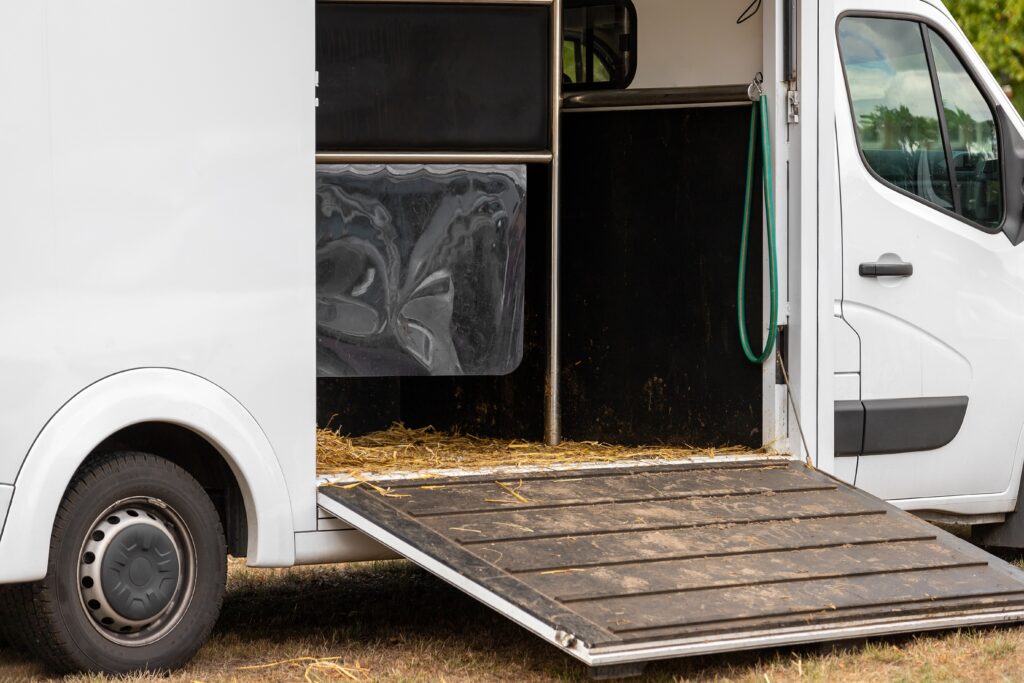
What does MAM include?
If you are about to move your pony pal or tow a trailer, you need to keep an eye on the MAM of the whole load.
This includes:
- The horsebox
- The fuel
- The horse
- Any bedding or straw as well as any tack
It is important to note that the actual weight of the trailer may not exceed the unladen weight of the drawing vehicle – essentially, your horsebox and its contents can’t be heavier than your car.
Top tips
To find your car’s MAM, you can check:
- The VIN (Vehicle Identification Number) plate
- The car’s handbook
- With the car’s manufacturer
To double-check the weight of your vehicle and trailer/horsebox, travel to your nearest weighbridge.
However, it’s worth noting that if you don’t at least roughly work it out before you get out on the road, you could be prosecuted if you are caught with excess weight, as you won’t have the right driving licence.

Travel with your horse safely with HGVTN!
Whether you are looking for horsebox training to refresh your skills or need category C training to move multiple horses with confidence, HGV Training Network can help.
For a bespoke quote or to book at a convenient training centre, email contact@hgvtrainingnetwork.com or fill in our contact form and we’ll get back to you as soon as we can!



